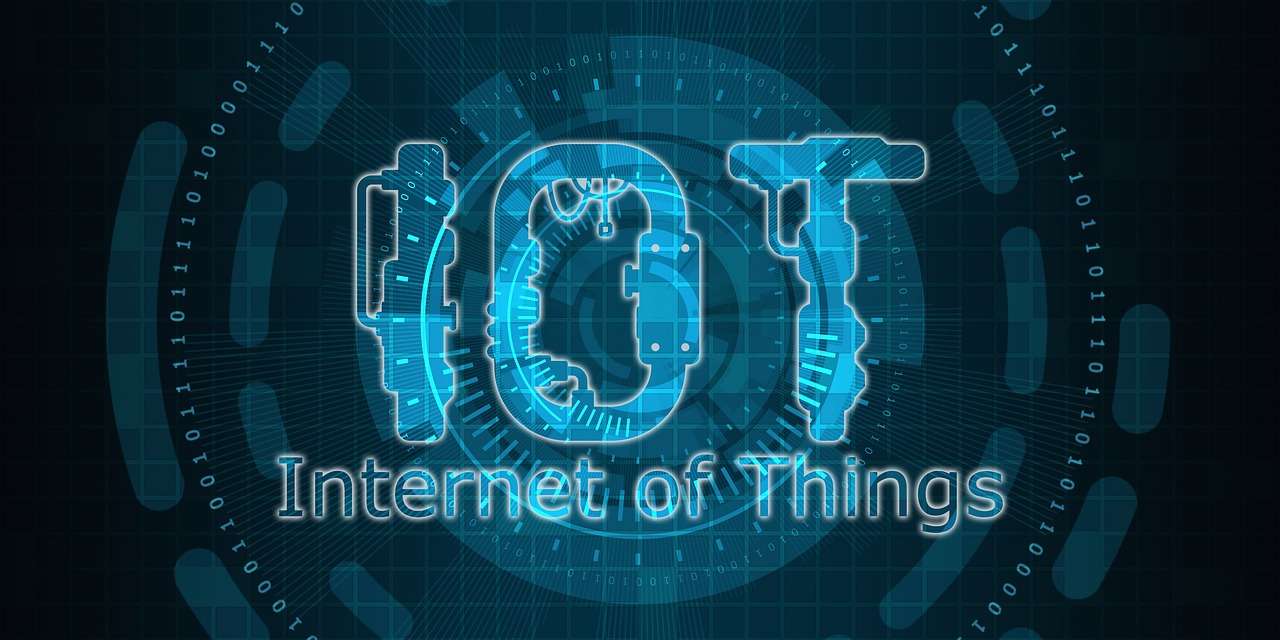
IoT
The Internet of Things (IoT) is changing the way businesses operate and interact with their customers. One of the areas where IoT has had a significant impact is in fraud detection. IoT devices can collect a vast amount of data, which can be analyzed to detect fraudulent activities quickly. In this guide, we will explore how IoT is changing fraud detection.
What is IoT?
IoT refers to the interconnected network of physical devices, vehicles, home appliances, and other items that are embedded with sensors, software, and network connectivity. These devices can communicate with each other and collect and exchange data over the internet.
How is IoT Changing Fraud Detection?
IoT is revolutionizing the way businesses approach fraud detection. Traditional fraud detection systems rely on analyzing a limited set of data to detect fraudulent activities. However, with IoT, companies can collect and analyze vast amounts of data from a wide range of sources, including sensors, cameras, and other devices.
Here are some ways that IoT is changing fraud detection:
- Real-time data collection: IoT devices can collect and transmit data in real-time, providing businesses with immediate insights into suspicious activities.
- Improved accuracy: IoT devices can collect data from multiple sources, enabling businesses to detect fraudulent activities more accurately.
- Early warning signs: IoT devices can detect early warning signs of potential fraud, allowing businesses to take preventive measures before any damage is done.
- Fraud detection in real-time: With IoT, businesses can detect fraudulent activities in real-time and take immediate action to prevent any financial loss.
- Improved customer experience: IoT can help businesses identify fraudulent activities while still providing a seamless customer experience.
Examples of IoT in Fraud Detection
Here are some examples of how IoT is being used in fraud detection:
- Credit card fraud detection: IoT devices, such as mobile phones, can be used to detect credit card fraud by analyzing transaction data in real-time.
- Insurance fraud detection: IoT devices, such as telematics devices in cars, can be used to detect insurance fraud by collecting data on driving behavior.
- Healthcare fraud detection: IoT devices, such as fitness trackers and smartwatches, can be used to detect healthcare fraud by collecting data on patients’ activities.
- Cybersecurity: IoT devices can be used to detect cyber fraud by monitoring network activity and identifying suspicious behavior.
Conclusion
IoT is revolutionizing the way businesses approach fraud detection. With real-time data collection, improved accuracy, early warning signs, and real-time fraud detection, businesses can detect and prevent fraudulent activities more effectively. IoT devices are being used in a range of industries, including credit card fraud detection, insurance fraud detection, healthcare fraud detection, and cybersecurity. As IoT technology continues to evolve, we can expect to see even more innovations in fraud detection.






